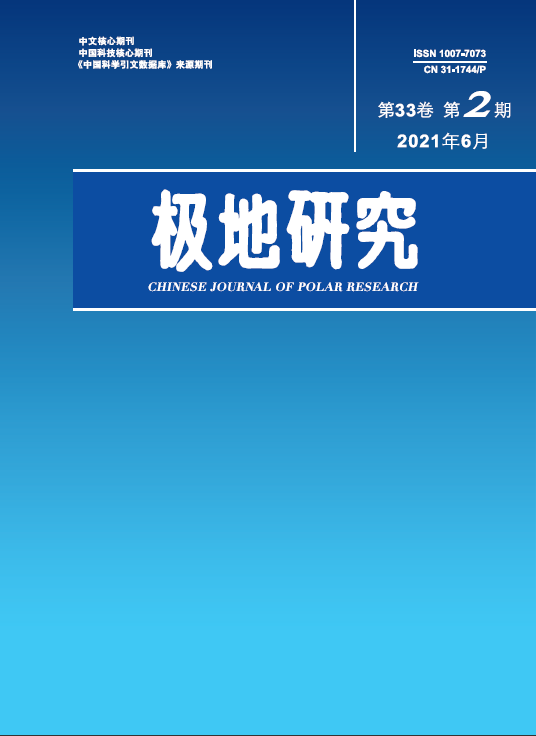The main sulfur compounds of polar aerosols and snow-ice media are nssSO
42− and MSA.
Spatially, nssSO
42− and MSA have obvious latitude effect characteristics. Temporally, nssSO
42− and MSA have interannual variation
characteristics (high in summer and low in winter). The concentrations of nssSO
42− and MSA in Antarctica ice cores increased during glacial periods, whereas the MSA concentration of Arctic ice cores decreased during glacial periods, although the nssSO
42− concentration still increases during glacial
periods. Both nssSO
42− and MSA can be used to infer climate and environmental information such as marine primary productivity,atmospheric temperature, changes in sea ice extent and human influence. The prospect of using nssSO
42− and MSA to study global change is also discussed.

